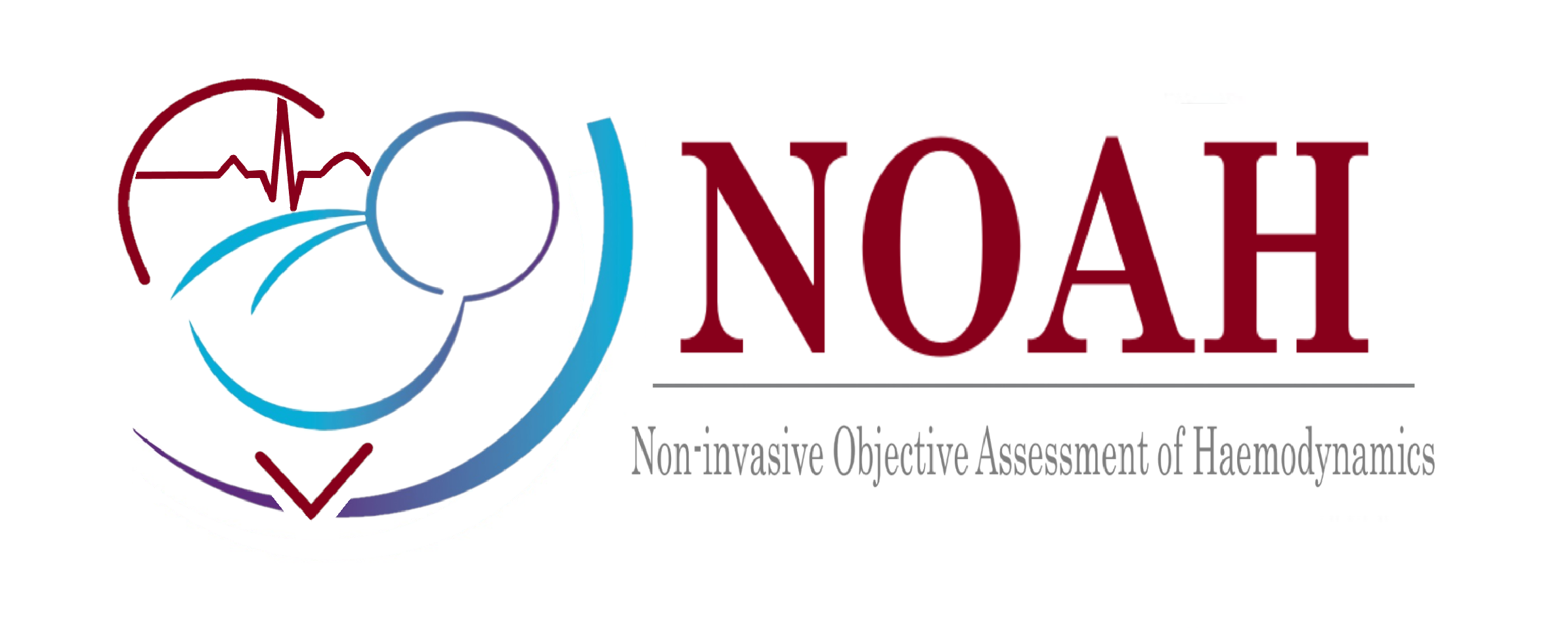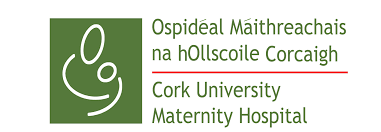NOAH
Non-invasive Objective Assessment of Haemodynamics in preterm neonates

What is NOAH?
An investigator-initiated, prospective observational study on multimodal non-invasive circulatory monitoring (additional to routine care). We included Electrical Cardiometry (EC) derived cardiac output (CO) monitoring, pulse oximetry (PO) derived perfusion index and near-infrared spectroscopy (NIRS) derived cerebral tissue oxygenation index in premature infants during the transitional period.
Background
Understanding neonatal haemodynamics is key to neonatal care. Despite decades of research, uncertainty continues as to how to assess impaired haemodynamics. It is common to focus only on mean arterial blood pressure thus neglecting the complex and dynamic (patho)physiology that may be present in newborn infants. To enhance neonatal circulatory support additional non-invasive, continuous hemodynamic monitoring is needed to further optimize diagnosis, management and treatment of circulatory failure (including hypoperfusion instead of solely hypotension) in very preterm infants. We therefore designed the NOAH-Study: “Non-invasive Objective Assessment of Haemodynamics in preterm neonates“ – a prospective observational longitudinal study. As a multimodal approach to non-invasive circulatory monitoring (additional to routine care) we included Electrical Cardiometry (EC) derived cardiac output (CO) monitoring, pulse oximetry (PO) derived perfusion index (PI) and near-infrared spectroscopy (NIRS) derived cerebral tissue oxygenation index (TOI).
Objectives
The principle objective of this study is to determine the impact of different continuous haemodynamic monitoring methods and to establish non-invasive haemodynamic monitoring methods in preterm infants within the first 48 hours after birth. These data may result in more precise definitions of arterial hypotension and permissive hypotension, thus providing data for an evidence based algorithm to assess hemodynamic status in preterm infants.
Hypothesis
We hypothesise that the inclusion of a non-invasive physiological measures of cardiac output, peripheral perfusion and brain oxygenation (NIRS) is feasible and reveals additional information on the haemodynamic status compared to blood pressure alone, can improve our ability to rapidly identify those infants who might benefit from intervention.





